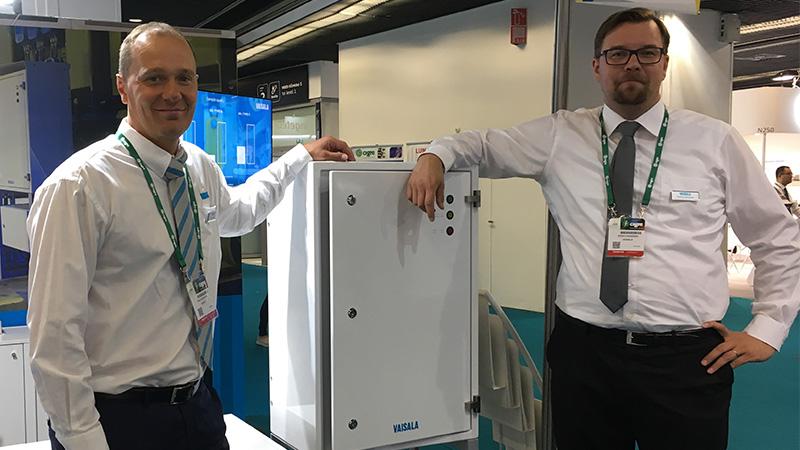Hot topics from Cigre 2018: digitalization, big data, and the future of the power industry
We recently returned from the CIGRE 2018 Technical Exhibition, held in Paris from 26-31 August. At the event, our expert team met with many leading power systems technicians, engineers and specialists to discuss the latest trends across the power industry. You can find out more about our solution for online power transformer monitoring from https://bit.ly/2DNrHsZ .
One key issue that was on everyone’s minds was that of digitalization – and how this can be better integrated into power asset maintenance to extend operational lifetimes, reduce financial losses and increase owners’ return on investment over the long-term.
However, digitalization is a complex issue, and, for power transformer owners and operators, one that potentially touches on all aspects of their maintenance programmes. An understanding of the following three factors is therefore critical to realizing the full potential of digitalization’s application to the power industry.
1. Digitizing data collection
High-quality data is the lifeblood of the digitalization process, and collecting and applying it will make or break attempts to shift away from analogue monitoring and maintenance schemes. Digitally collecting and storing data relating to the condition of transformer, for instance, offers benefits over traditional methods. Foremost among these is better quality data, with less chance of human error yielding more accurate results.
Digitalization also allows us to collect multiple data points each day. This results in a high-quality dataset that yields better insights into the condition of transformer when compared with traditional sampling methods, which may yield a data point only once every six months.
2. Incorporating digital technology into data analysis
The application of digital processes to examining how technology will age and degrade is not limited to the power sector, but is being widely incorporated across a number of industries, including construction, manufacturing and transportation. Within the power transformer sector, digital technology can deliver better insights into asset health, by collecting and processing greater amounts of data.
Online dissolved gas analysis (DGA), for instance, continuously analyses the levels of dissolved gases in transformer oil. This continuous data stream outlines a trend in the health of the transformer being monitored. Using this trend data technicians can better understand the condition of transformers, be proactive in their maintenance and repair procedures, and extend transformer lifetimes. Ultimately, all of this will mean optimized revenues for the plant.
3. Upskilling engineers
Increased digitalization of DGA processes including sampling and analysis contributes to a reduction in the cost of transformer repair, requiring fewer site visits and allowing maintenance teams to plan repairs more efficiently, reducing the time and resources required. To ensure a smooth adoption of digital technologies, asset owners will need to invest in training for on-site engineers and technicians, so that they can fully utilise the digital technology, understand the data produced by online DGA units and have the expertise to use this effectively.
The digital revolution is well and truly upon us, and those that move quickest to put the necessary processes and technologies in place will reap the benefits of enhanced condition monitoring. This means greater reassurance for O&M and asset managers, a reduced risk of catastrophic failure and, above all, the possibility for significant financial savings.

Add new comment